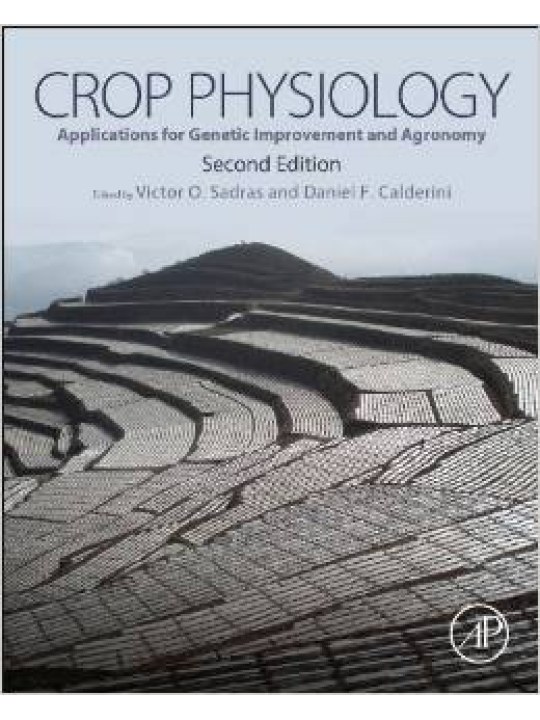Crop Physiology, 2nd Edition (Φυσιολογία φυτών - έκδοση στα αγγλικά)
Crop Physiology, 2nd Edition
Applications for Genetic Improvement and Agronomy
Το έχεις διαβάσει; Γράψε πρώτος μια αξιολόγηση!
Περιγραφή
Σχετικές κατηγορίες
Άμεσα διαθέσιμο
- Τιμή ΕΜΒΡΥΟ: 110,80€
- 104,53€ + ΦΠΑ 6%

